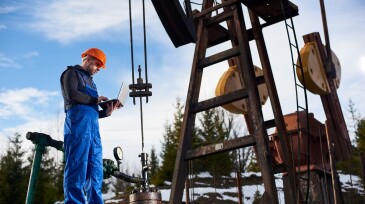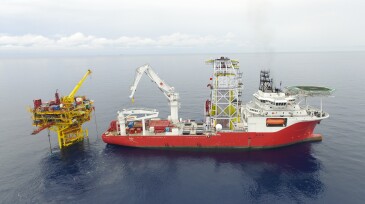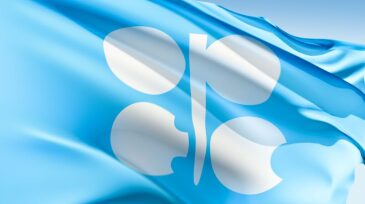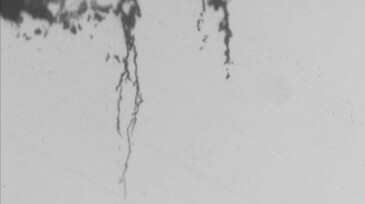Production
Over a dozen new projects aim to keep US offshore output near 1.8 million B/D through next year.
Spanish yard will prep the almost 40-year-old FPSO for redeployment opportunities for new owner.
Best practices are not static; they evolve alongside advancements that redefine what is achievable.
-
Economical oil extraction depends largely on reducing wear and tear of downhole equipment and tubulars through regular monitoring and batch treatment to cut the risk of corrosion and costly workovers. Having a data-driven approach to scheduling batch treatment can bring down the frequency of treatment and avoid the unnecessary use of resources.
-
The pairing was instrumental in Expro’s receipt of a multiyear well-intervention services contract for Chevron’s Gorgon development.
-
ExxonMobil submitted a proposal to Colombian authorities to develop a hydraulic fracturing pilot project in the Magdalena Basin. Colombia wants to drastically raise its declining reserves-to-production ratio by tapping into shale.
-
With an eye to the future, Interface Fluidics is bringing nanotech to the oil field.
-
Project partnership eyeing an additional 10% recovery from venerable offshore field.
-
Saudi Arabia will keep its voluntary 1 million-barrel cut intact while Russia allowed a small production increase.
-
ConocoPhillips, Pioneer view Exxon, Chevron as prime movers to bring investment back into the play.
-
Artificial lift really shines during a downturn. This is because, when capital spending is constrained, artificial lift is one of the few levers an operator has available to increase production while reducing operating expenses.
-
An artificial-lift concept consisting of an in-well ESP as the primary method and a mudline system as backup has proved effective in an unltradeepwater heavy-oil field.
-
S13Cr tubing specimens experienced stress corrosion cracking with phosphate-based completion fluids contaminated with mud and oxygen, whereas formate-based completion fluid is compatible with the tubing.













